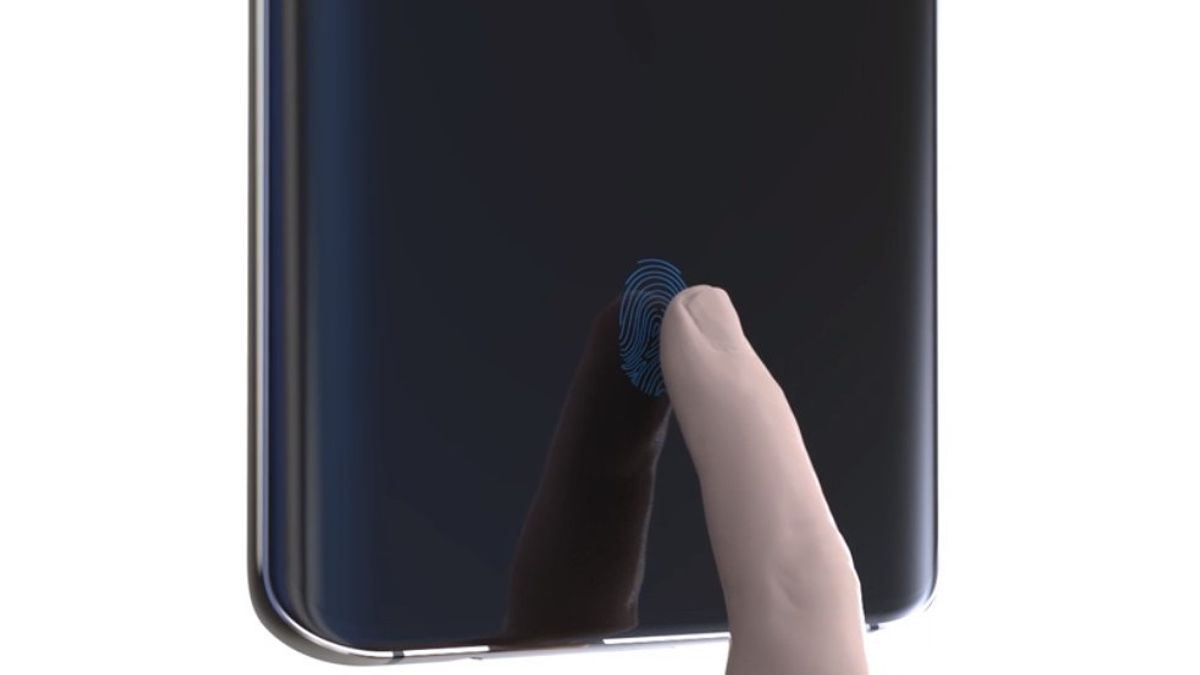JAKARTA - The under-screen fingerprint scanner sensor or Fingerprint in display is a security feature that is currently being used on several smartphones ranging from low to premium.
Seeing this trend as reported by Gizmochina, Qualcomm has just officially announced the latest version of the ultrasonic bottom-screen fingerprint sensor which is named Gen-2 3D Sonic Sensor.
This latest technology offers a 77 percent larger surface area than its predecessor for faster processing, making it possible to unlock the phone faster.
In comparison, the scanning area in the latest technology is 64 square millimeters (8mm x 8mm) while the first generation has an area of 36 square millimeters (4mm x 9mm).
In addition, this technology also allows the sensor to collect 1.7 times as much data in each scan. The Sonic 3D sensor uses ultrasound to scan the edges and pores of the user's finger for safety.
When a larger sensor is paired with faster processing, Qualcomm promises fingerprint scanning to unlock phones 50 percent faster with the Gen-2 3D Sonic Sensor.
However, nevertheless, the sensor often experiences some issues which cause the scanner to unlock the phone with almost any fingerprint when used with multiple screen protectors.
As a reminder, Qualcomm's first-generation ultrasonic sensor known as the 3D Sonic Sensor made its debut in the Galaxy S10 line of flagship smartphones in 2018.
Back then, almost all other under-screen fingerprint scanners used optical scanners, which were claimed to be slower and less reliable than the new ultrasounds.
Then in 2019, Qualcomm announced the 3D Sonic Max which is a much larger version of the first generation sensor with a surface area of 20mm x 30mm with an area of 600 square millimeters and can authenticate two fingerprints at once.
Qualcomm said that the first mobile phone that will use this second-generation technology will be available in early 2021. It is likely that the Samsung Galaxy S21 will carry this technology. We look forward to its launch on January 14.
The English, Chinese, Japanese, Arabic, and French versions are automatically generated by the AI. So there may still be inaccuracies in translating, please always see Indonesian as our main language. (system supported by DigitalSiber.id)













